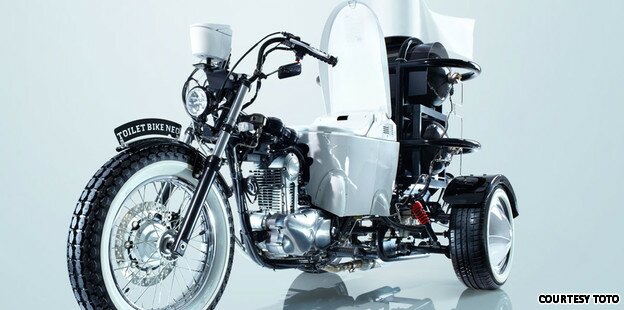For quite a few years now, the installation of so-called low flow toilets has been required by the Uniform Building Code. At 1.6 gallons per flush (GPF), they use far less water than their older counterparts. Even greater water savings can be obtained by installing a so-called HET, or high efficiency toilet. They use about 1.28 GPF or less, but can be a bit finicky. With some brands you have to flush twice to clear the bowl, obviously defeating the water-saving purpose.
Back in the day, there was the motto “If it’s yellow it’s mellow; if it’s brown, flush it down.” That worked fine with toilets that flushed 3+ gallons of water each time. However, today’s modern versions use less than half that much, and some of the thriftiest models even less than one gallon. This means there is far less water to help transport waste through the sewer line. As you may know, sewer lines generally slope at a minimum of 1/4″ per foot. That’s not much, but as long as there is sufficient water, everything should be fine. If you have a dual flush toilet or one that uses less than one gallon, be sure to flush after each use. If you don’t, you will risk the chance of a clogged sewer eventually.
Another good reason for regular flushing is the issue of ‘hard’ water. According to my local water district, “Water hardness (a measure of calcium and magnesium concentrations in the water) is the result of a natural accumulation of salts from contact with soil and geological formations. When referring to household use, the term hardness is applied to the soap-neutralizing power of the water and is commonly expressed in grains per gallon. Generally, water with less than 4 grains per gallon hardness is soft, water with 4 to 7 grains per gallon is moderate, and water with greater than 7 grains per gallon is hard.” When hard water remains stagnant in a toilet, there is a greater opportunity for calcium and magnesium deposits to accumulate. Over the course of 10 or 20 years, these deposits will begin to clog your toilet’s jets and their ability to flush debris out of the bowl. Again, regular flushing is a good idea, and a fine reason to replace your old toilet with a low flow or eco model.
- Low flow (or green) toilets like those made by Toto use about 1.6 GPF;
- Toto’s Eco Drake uses 1.28 GPF; and
- some other brands make toilets using as little as 0.8 GPF.
Some municipal water districts offer rebates on certain brands and models, so contact them before you make a purchase. I also recommend you consult with a qualified plumber before ordering one that uses less than one gallon. The condition and length of your sewer line may not mesh with toilets using very small volumes of water.
And for general entertainment, check out this motorcycle-with-toilet, built by Toto. Apparently it runs on a biogas (methane, I imagine), produced by animals and wastewater. The motorized toilet was built as a PR stunt to draw attention to humans’ impact on Japan’s environment. Read more about it here.




No comments yet.